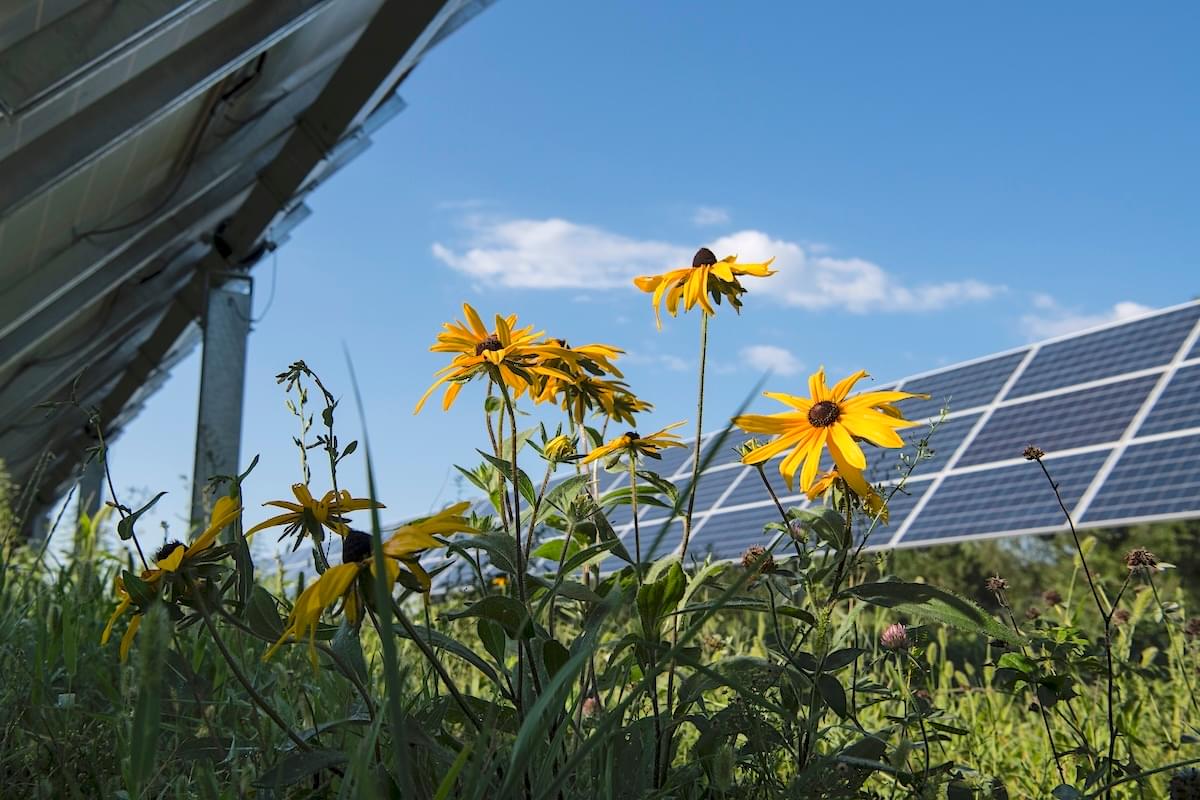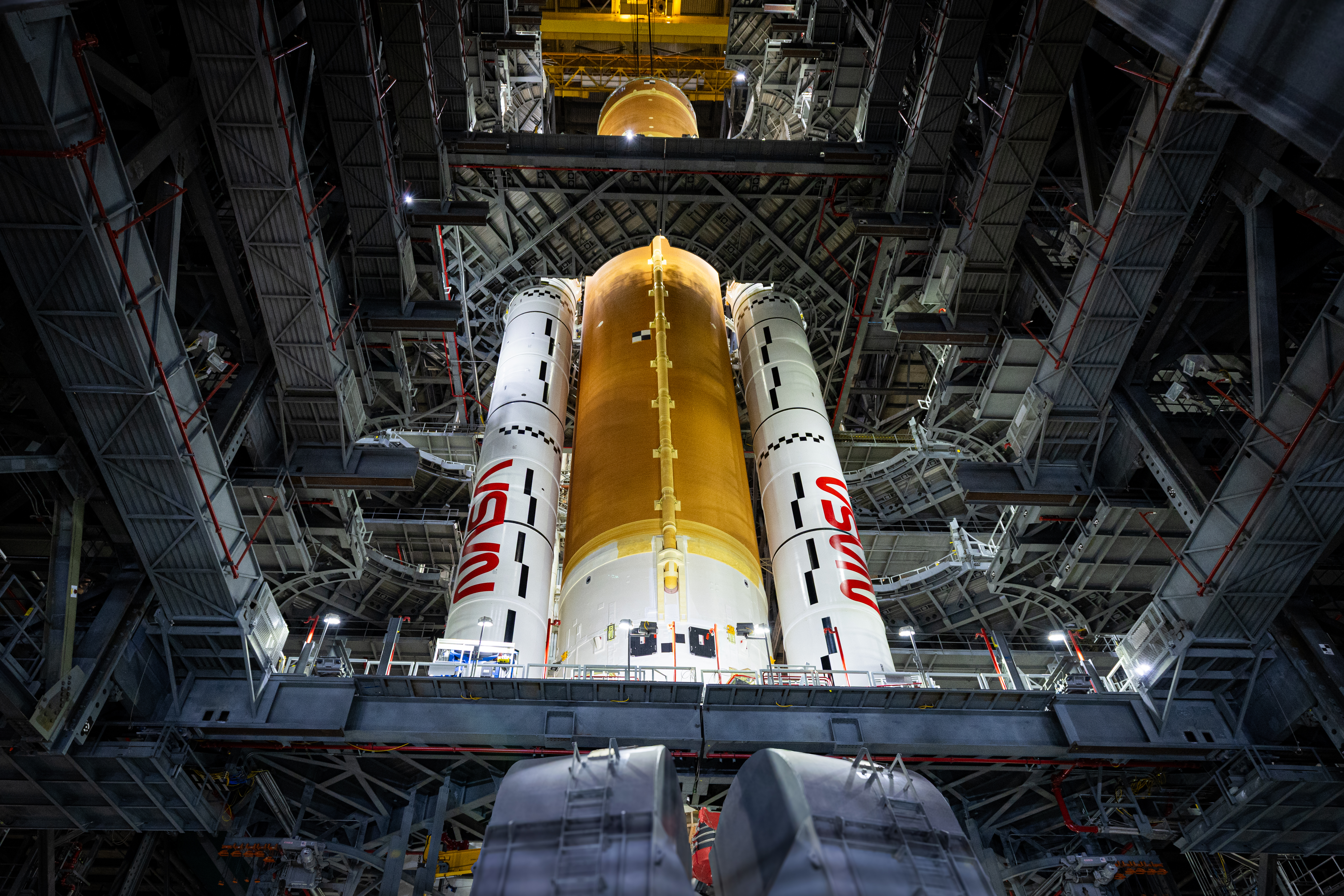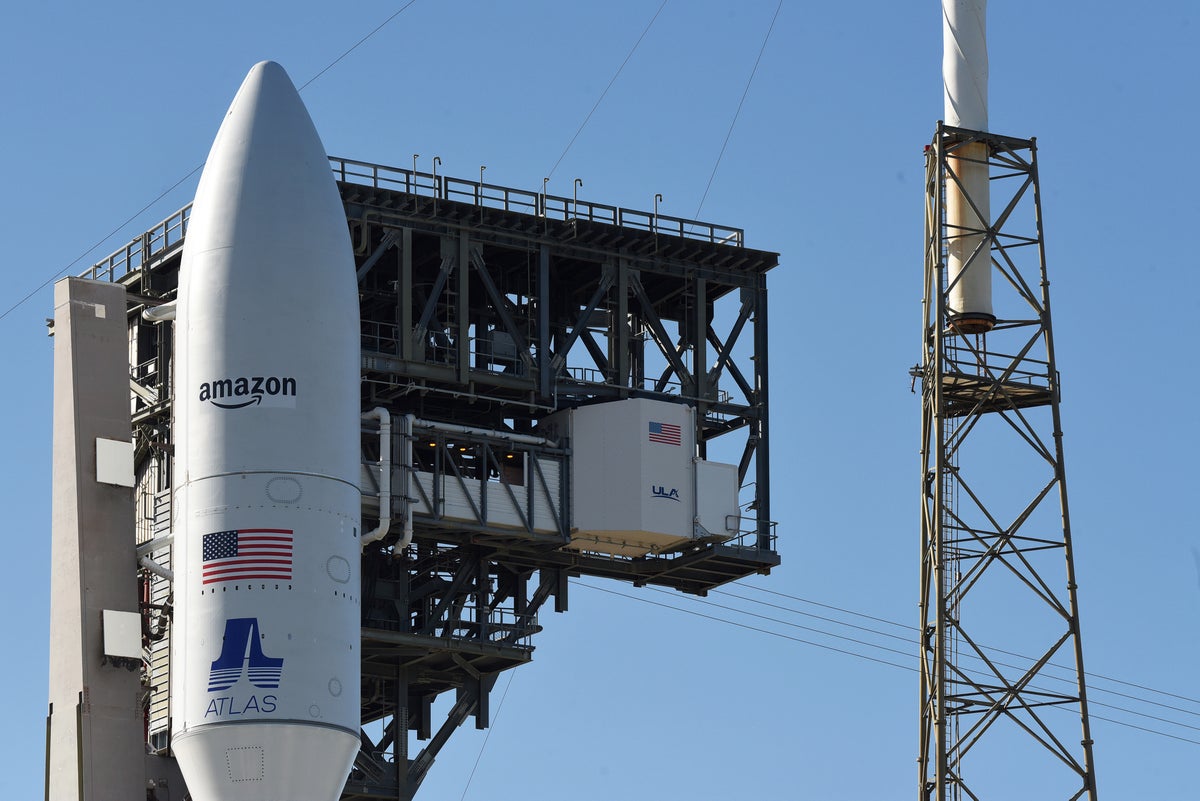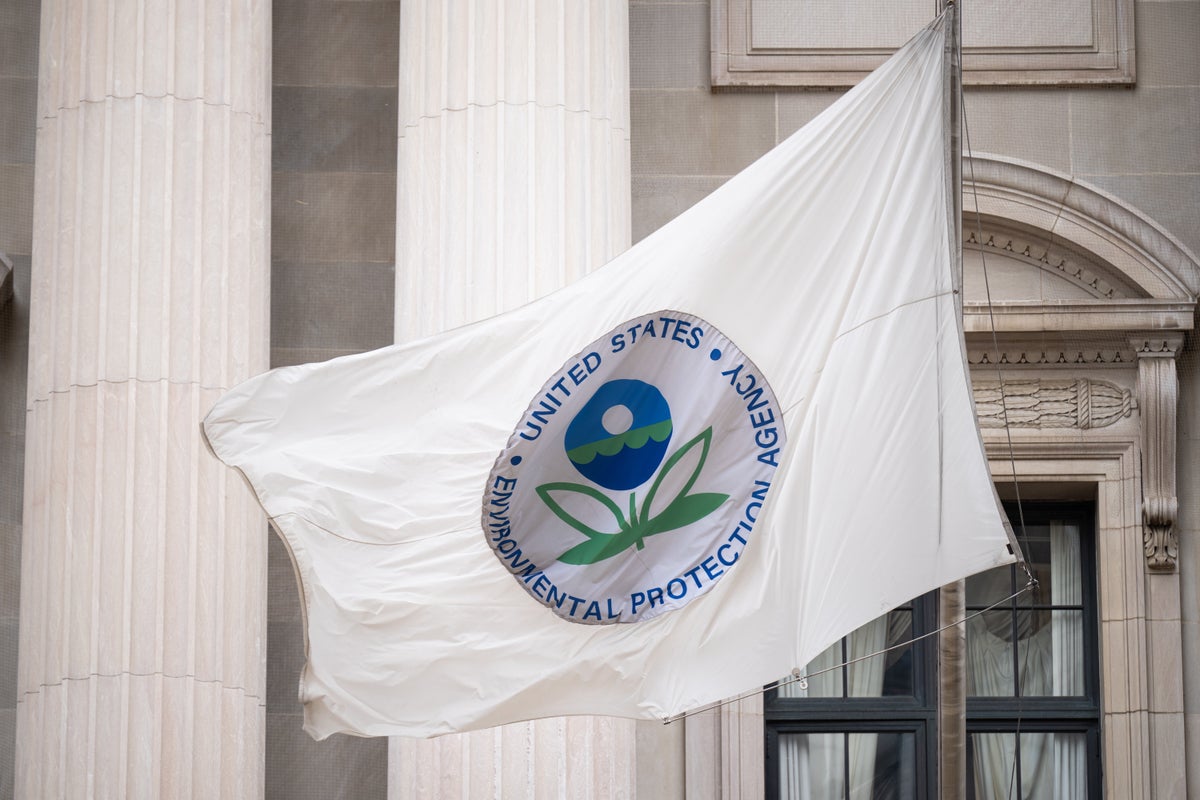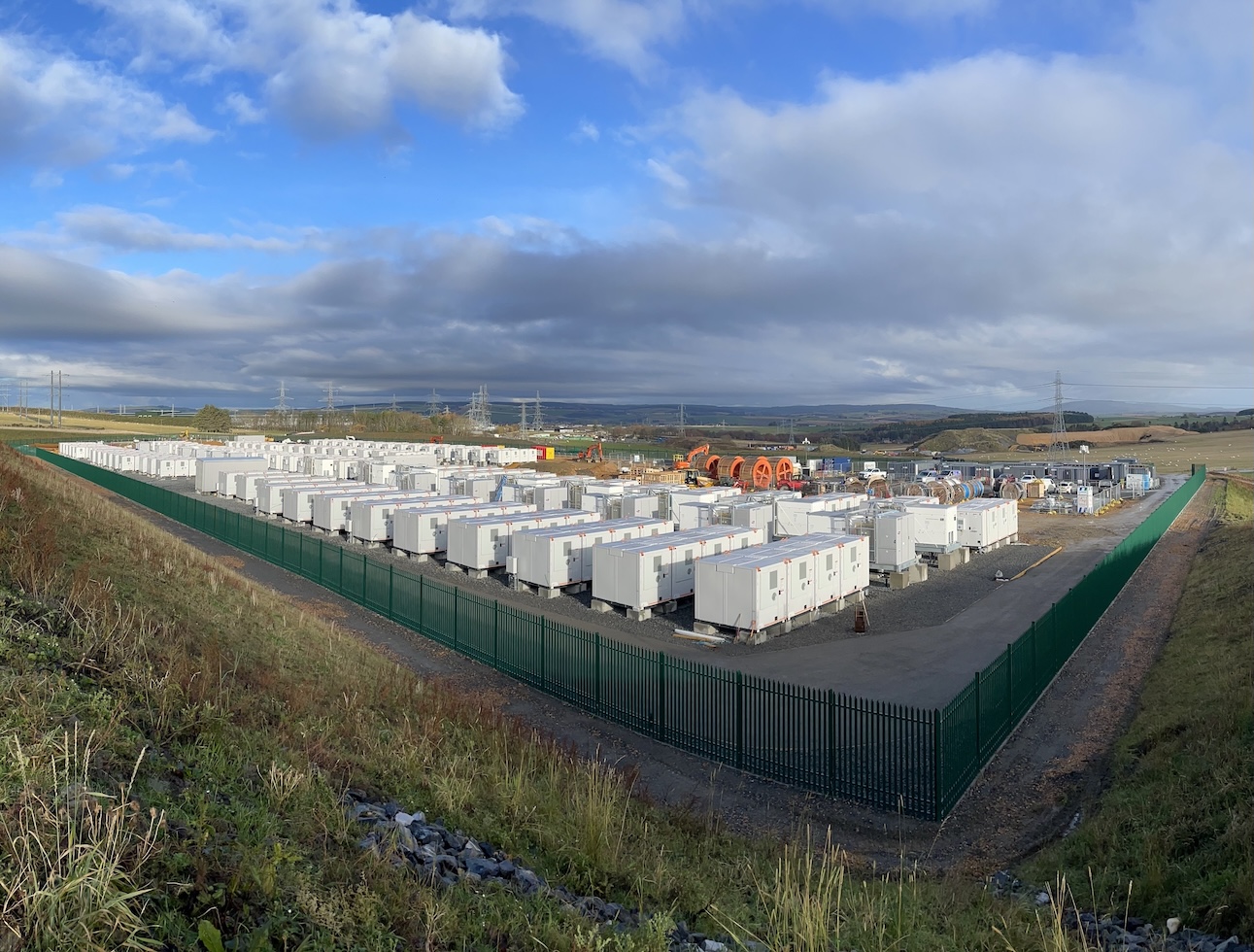The state of fleet electrification: Why 87% of companies plan to add EVs in the next five years
Companies are pushing ahead with green fleets, despite potential supply-chain disruption from U.S. tariffs. The post The state of fleet electrification: Why 87% of companies plan to add EVs in the next five years appeared first on Trellis.

Over the past five years, corporate America has steadily replaced its gas and diesel-powered fleets of rental cars, delivery vans and freight trucks with cleaner alternatives.
Even amid today’s uncertain landscape — from shifting tariffs to evolving U.S. policy — many companies remain committed to their goals for electric vehicle adoption. A survey by Cox Automotive found 90 percent of fleet owners who have EVs plan to buy more, while 87 percent of fleet owners overall (those with and without EVs) expect to add them to their fleets over the next five years.
Despite higher acquisition costs, fleet owners are more satisfied with EVS than with internal combustion vehicles, according to the survey. They deliver lower costs over the lifetime of a vehicle, higher efficiency and cleaner operations.
But the allure of EVs goes beyond balance sheets. The transportation sector is the largest source of climate pollution in the U.S., with light-duty vehicles responsible for 57 percent of that pollution. Medium- and heavy-duty vehicles — delivery vans, freight trucks and box trucks — account for just 5 percent of vehicles on the road but contribute a staggering 23 percent of U.S. transportation air pollution.
From discussions with companies that are part of the Ceres-led Corporate Electric Vehicle Alliance – a group of 30 major fleet purchasers that account for around $1 trillion in annual revenue and about 1.5 million fleet vehicles on the road – we’ve noted certain progress.
Global delivery and logistics company DHL, for example, is on track to electrify 66 percent of its pickup and delivery operations worldwide and operate 30 percent of its supply chain North America freight transportation using zero- or near zero-emission vehicles by 2030.
Similarly, Element Fleet Management, the largest pure-play automotive fleet manager in the world, has achieved 27 percent of its target to transition 350,000 client vehicles to electric by 2030. As part of its science-based targets, the company has made considerable progress towards its goal to fully electrify its global internal fleet, with operations in Australia and New Zealand already reaching this milestone.
And as of 2023, Merchants Fleet, which helps companies scale their electrification strategies, had contributed to a 65 percent annual growth in its clients’ EV deployments, of which 85 percent are full battery EVs and 15 percent are plug-in hybrid EVs.
The potential impact of supply chain disruption
Corporate fleets rely on dependable production plans and volumes from automakers so they can plan long-term purchases and replacements. That’s why the latest round of U.S. tariffs on imported vehicles and parts — up to 25 percent — could be especially disruptive.
Cox Automotive estimates the tariffs could raise the cost of imported vehicles by about $6,000, and even U.S.-assembled vehicles may see a $3,600 increase due to higher prices on imported parts. These impacts stand to disproportionately drive up the costs of EVs based on today’s supply chain structure: last year, more than a third of the EVs Americans purchased were imports, and even U.S.-produced EVs tend to rely heavily on battery materials from China.
But the full story is more complex and it’s not cut and dry that all EV options will be more expensive. That’s because of two key factors: the $224 billion wave of domestic EV investment since 2009 and trade exemptions for Canada and Mexico.
As a result, more EV manufacturing is happening on U.S. soil or with close trading partners, which could cushion the blow. The Chevrolet Equinox EV, for example, is assembled in Mexico, but its battery and other components are made in the U.S. Only the non-U.S.-made portions will be subject to tariffs. Meanwhile, EVs such as the Tesla Model Y, produced in Texas and California, contain a high percentage of U.S. parts and are more insulated from the new tariffs.
What companies still need
In many ways, commercial fleet operators want the same things consumers do: lower vehicle costs, a widely available charging network and a broad selection of SUVs, trucks and sedans.
Progress has been made on bringing the price down—in 2020, the average price of an electric car was 42 percent higher than today’s market average. At the end of 2024, it was 12 percent.
Nationwide expansion of EV charging stations continues as well. An analysis of operational charging stations, based on Department of Energy data, showed a record 766 new high-speed charging stations came online in the fourth quarter of 2024 — an 8 percent increase from the prior quarter. This brought the total number of charging stations in the U.S. to around 10,200 at the end of last year, or about one charging station for every 12 gas stations, making it much easier to not get stuck in a charging desert.
Lighter, more efficient battery packs are also making EVs increasingly practical for commercial fleets. Electric vehicle battery costs have dropped 40 percent over the past five years and innovations — such as integrating batteries into vehicle structures — are helping reduce weight while improving range and cargo capacity. These advances are expanding EV adoption across fleet types, from sprinter vans to heavy-duty freight trucks.
Despite current market and policy hurdles, leading companies are staying the course in their commitment to transitioning to EVs over time. For businesses looking to reduce costs, improve efficiency and stay ahead of market shifts, investing in fleet electrification isn’t just about sustainability — it’s a strategic business decision. The companies that act now will be the ones that reap the rewards in the years to come.
The post The state of fleet electrification: Why 87% of companies plan to add EVs in the next five years appeared first on Trellis.






























